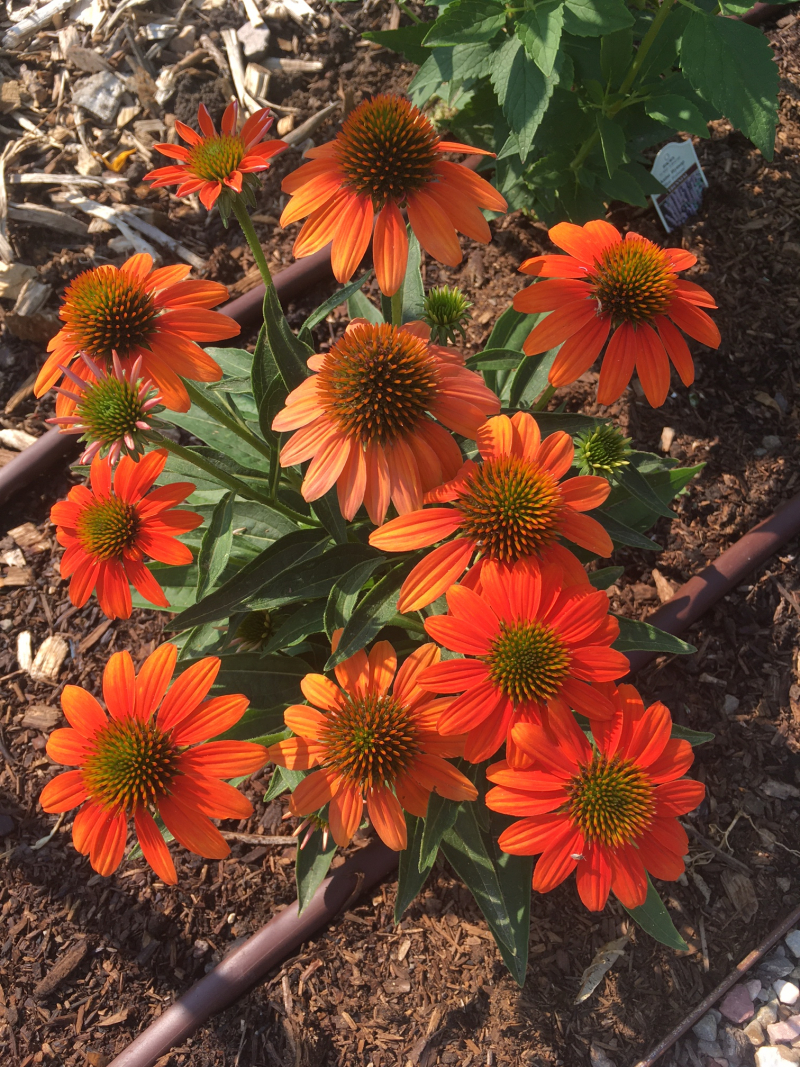What is an insectary?
An insectary is a planting consisting of a variety of nectar and pollen-producing plants. This diverse planting is designed to provide food and habitat for beneficial insects which are a biological control method for insect pests that can ravage our vegetable gardens, berry plantings, and fruit trees.
Generally, flowering species are chosen so that the insectary provides a hospitable environment for not only pollinators, such as bees and butterflies, but also for other beneficial insects that help feed on or parasitize various insect pests. Both annual and perennial plants are chosen for insectaries based on their diverse flower colors, sizes, shapes (e.g., tubular vs. disk), heights and structures, scents, and other factors. For example, the scent of Black Eyed Susans is attractive to green lacewings and many bees. Lacy plants with umbel-shaped flowers, such as dill, fennel, and ammi are particularly attractive to tiny parasitic wasps that can help control the invasive Brown Marmorated Stinkbug and other insect pests. Many members of the Daisy/Aster family are attractive to mason bees and sweat bees, which are great pollinators. Anemone-type dahlias with their open, accessible centers, are a favorite food source for hummingbirds.
Check out the list of plants we selected to plant in our Wasatch Community Gardens’ Campus insectary, which measures 2’ wide by 50’ long. We included plants from different plant families with different bloom times and a variety of colors and flower shapes. We think we ended up with a gorgeous assortment of plants!
Additionally, this factsheet from Utah State University Extension, Gardening for Native Bees in Utah and Beyond, is full of helpful information about which flowering plants support our beneficial insects in Utah. For more general information that is not Utah-specific, check out the Xerces Society and their handout on Habitat Planning for Beneficial Insects as well as this article on How to Plant Insectary Strips from Rodale Organic Institute.

